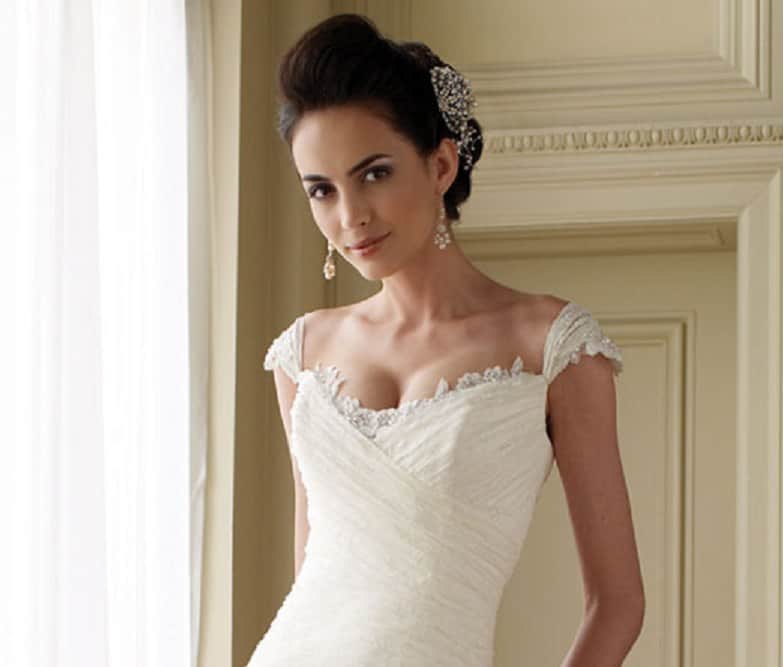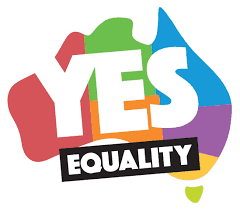Traditional Wedding Dresses Throughout the Ages
Will you wed in white, or be bold in black? One of the most exciting aspects of a wedding (besides the bride actually saying I do!) is that they are constantly evolving. Styles come and go, and you never quite know what interesting trend is around the corner. Whether you loved them, or laughed at them, here are some photos of how wedding fashion has changed since happy brides first walked down the aisle.
Enjoy this blast from the wedding past, with these photographs of how bridal styles have evolved over the years.
(Courtesy girlsguidetohomelife.blogspot.com)
Ancient Rome (509BC – 476 AD)
Roman women wore long white tunics, decorated with ribbons and jewellery, and their hair was covered with a flame-coloured veil. A belt was tied around the waist in a ‘knot of Hercules’ that only the husband could untie, which is where the phrase ‘tying the knot’ originates.
(Courtesy wedeclectic.com and wikispaces.com)
Middle Ages (12th – 15th century)
A bride’s appearance was a reflection of her family’s wealth, so those who could afford it had jewels sewn into their dresses and trimmings of fur, velvet or silk. Colour was important as it symbolised different things – green stood for fertility. Skirts became fuller, sleeves swept the floor and the train lengthened to several metres long.
Arnolfini wedding portrait 1434
(Courtesy tressugar.com )
16th – 17th Centuries
Veils were no longer in fashion and were replaced with small, brimmed hats. Rich colours such as crimsons, emeralds, and sapphires, as well as more subdued colours like grey, brown and black were favoured throughout Europe.
Helene Fourment in Her Bridal Gown 1630
(Courtesy vam.ac.uk)
18th Century
The blue wedding dress was popular because it represented purity, and even though white symbolised mourning, it was still used in the nobility. Wide panniers- wire hoops hung on the side of each hip, worn underneath the dress- came into style, and these forced the skirt out to the side. The wider the better! The fact that the term ‘panniers’ is also used to reference the baskets that hang on either side of beasts of burden (like donkeys, oxen, camels, etc) is no coincidence.
Wedding dress 1770, and Sofia Magdalena wedding dress 1766
(Courtesy historicalcostumes.com and thedreamstress.com)
19th CENTURY
This was a romantic period, where dresses became light and airy. They were often in an empire style (the cut of the moment) and had patterns of flowers embroidered on the fabric.
Courtesy powerhousemuseum.com
Silk wedding dress trimmed with lace – 1828. Courtesy heraldsun.com.au
Victorian Era (1837-1901)
When Queen Victoria married Prince Albert in 1840, little did she know that she was starting the traditional of getting married in a white dress. The bodice became tight, the train lengthened but the standout feature was the ‘Juliet’ sleeve (but what we tend to think of as the ‘leg of lamb’ sleeve).
(Courtesy powerhousemuseum.com and metmuseum.org)
Courtesy acelebrationofwomen.org and heraldsun.com.au
Edwardian Era (1901- 1910)
Perhaps due to King Edward’s fondness for travel, the fashions of Continental Europe began to permeate throughout England- and consequently, throughout many of its colonies. A sense of opulence and experimentation can be seen throughout dresses designed it this period: gowns were embellished with lace and pearls, collars rose a few centimetres, the waist was high and tight, and the sleeves were wide and puffy and tapered at the forearm.
Courtesy powerhousemuseum.com and artnouveaubride.wordpress.com
Roaring Twenties
Women’s fashion reflected the changes in society and became daring and modern. Hemlines rose, waists dropped and bodices were no longer tight, but often straight and shapeless. The dresses were typically short in the front, with a long train in the back, and were intricately detailed.
(Courtesy powerhousemuseum.com and antiquedress.com)
The Depression and WWII (1929 – 1945)
These years were frugal ones, and brides would regularly borrow dresses for their wedding day or simply wear their best dress or even a uniform because they couldn’t afford to buy something special. Dresses were less ornate and occasionally had a military and masculine element to them.
Wallis Simpson marries Prince Edward 1937 and Unknown wedding 1940s
(Courtesy fashion.telegraph.co.uk and ginalouisadesigns.com)
(Courtesy metmuseum.org and australiandressregister.com)
The Fifties
Glamour was the order of the day and dresses were feminine but modest. Lace replaced satin and the length of the dress was typically mid-calf. The princess line skirt was in vogue, as was the sweetheart neckline.
Courtesy dresseslux.com
Courtesy adoredvintage.com and metmuseum.org
THE SIXTIES
This was the decade of minis, crochet, lace and bouffant veils. Waistlines disappeared and wedding dresses became fun and were made to reflect the bride’s personality.
Courtesy whorange.net and followpics.net)
The Seventies
The hippie era was still felt during this decade, but dresses lengthened to the floor and floaty and sleeves reappeared. Pantsuits and hats were also regular features, even on your wedding day.
Courtesy wilharris.com and henryroth.com.au
The Eighties and Nineties
If the fashions of the eighties and nineties were described in terms of food (and lets be honest, what better way is there of getting one’s message across?), the menu du jour would begin and end with the meringue. Everything about the 80s and early 90s was big. Big shoulders, big hair, big skirts, big bouquets, big trains, big sleeves and very big veils. Princess Diana’s fairy tale wedding dress set the tone for the fashion in these years and the grand Victorian style dress was considered the preferred wedding dress.
Courtesy impressionbridal.com and wisebrides.com
Twenty- First Century
Brides today are choosing simpler and more elegant wedding dresses, that allow their personality to shine through. Strapless gowns are by far the most common option for wedding attire, while the popular mermaid style helps to flatter the bride’s silhouette.
Courtesy lunedress.com
Whatever dress you choose, remember that it, along with the way you style it, will be reflective of a very particular pocket of not only history, but culture, attitude, as well as your distinct personality. Keep this in mind when choosing yours, because as loudly as the striking beauty of the dress speaks, yourself, and all that that culturally encompasses- will speak louder.






